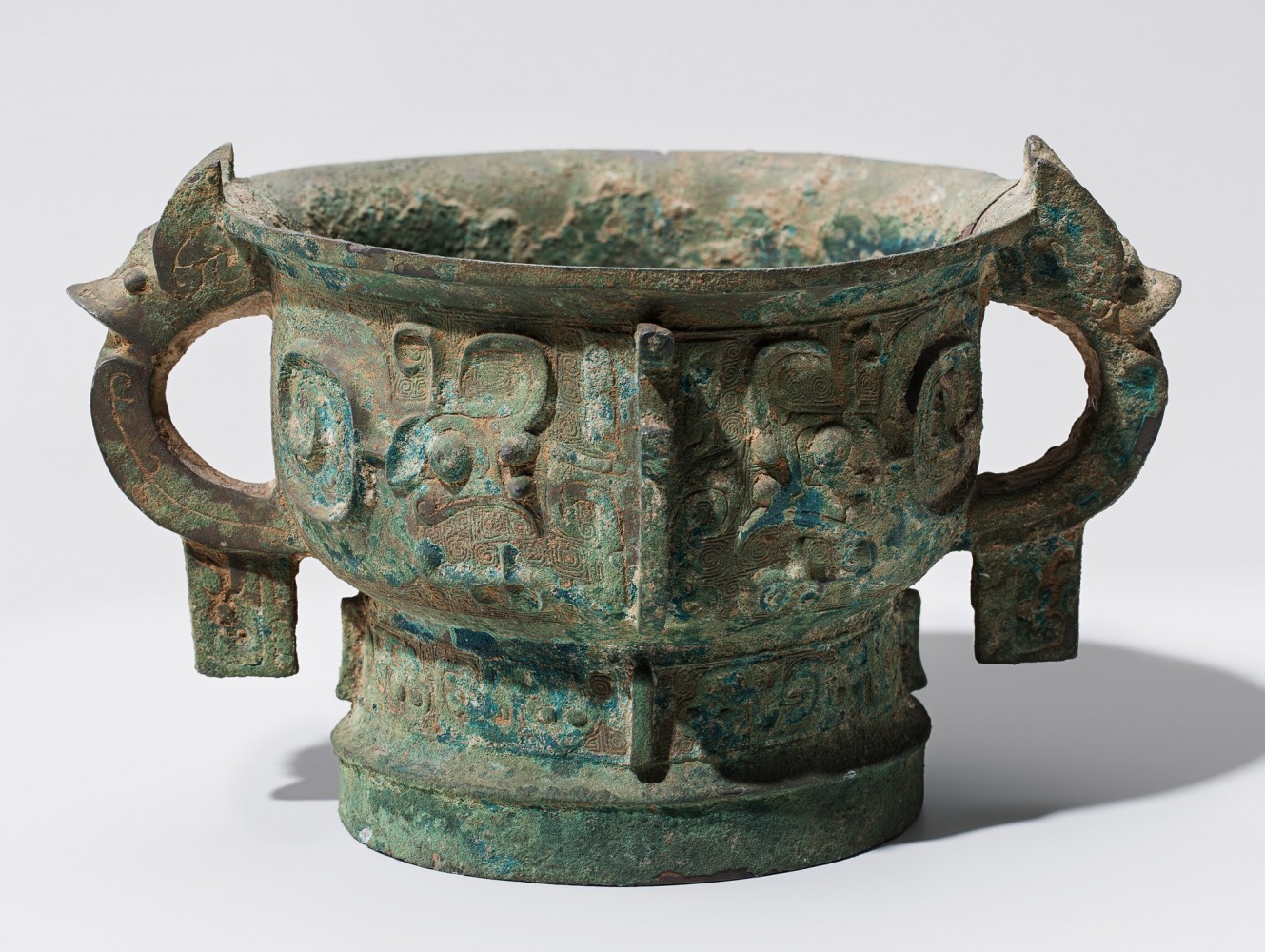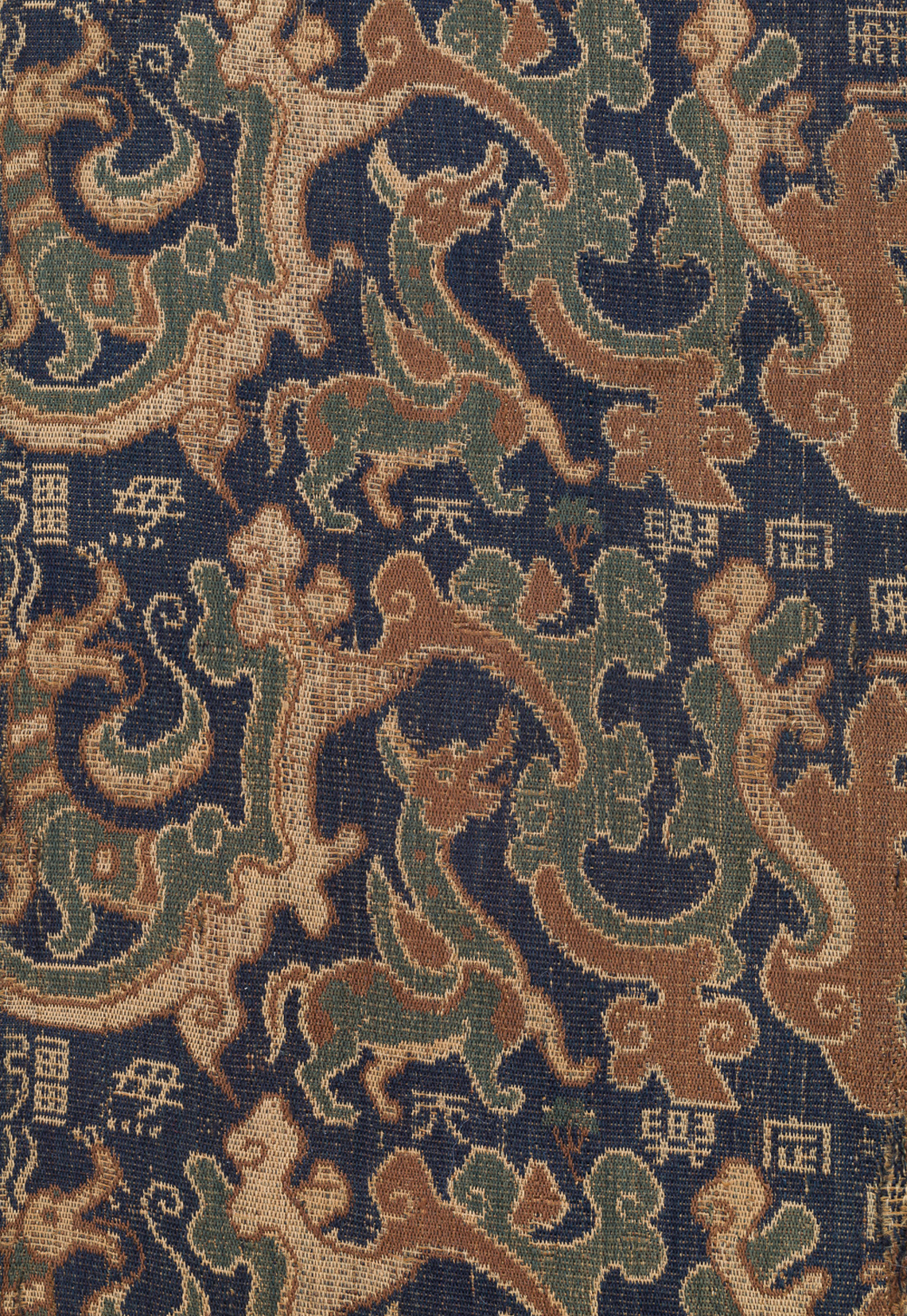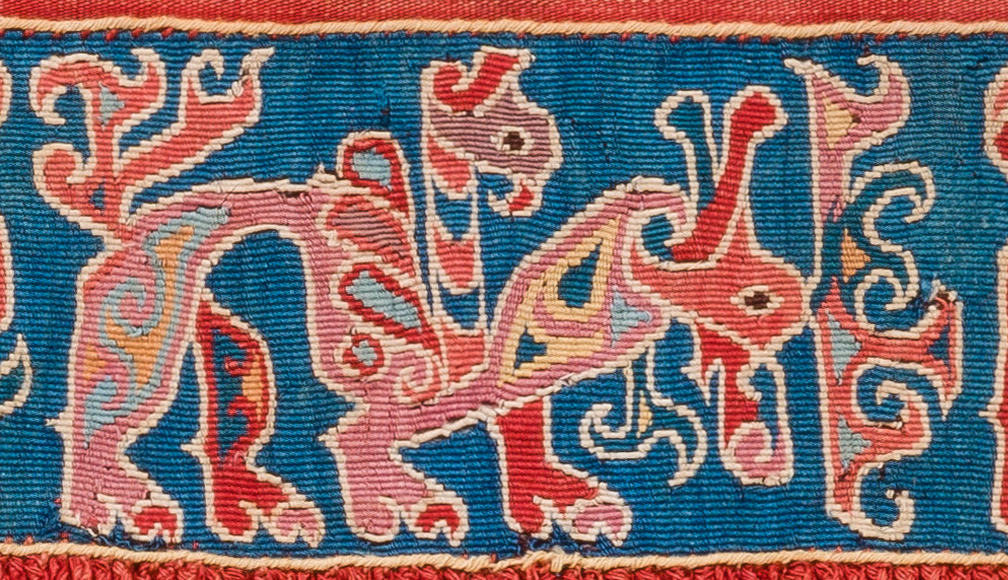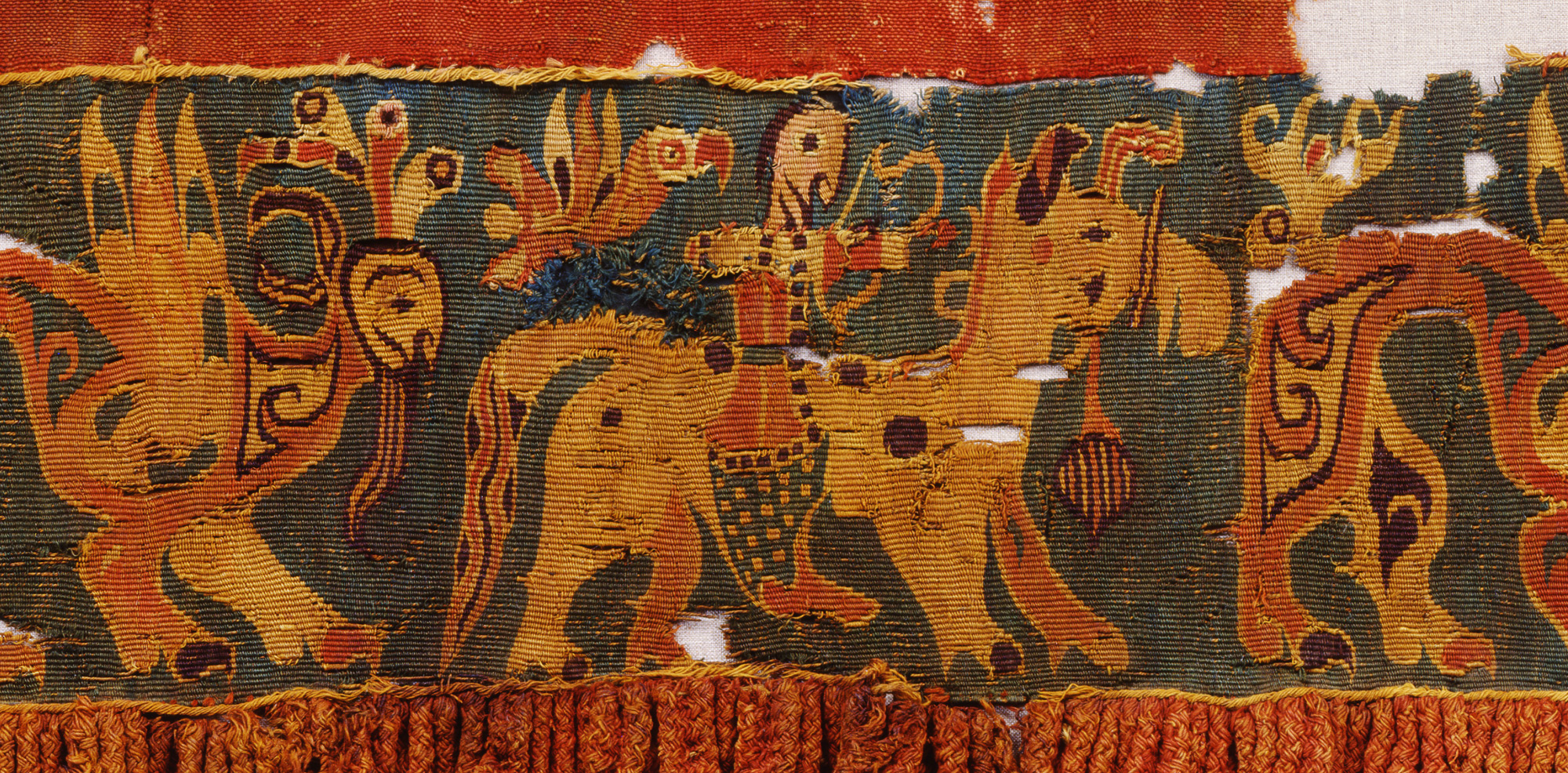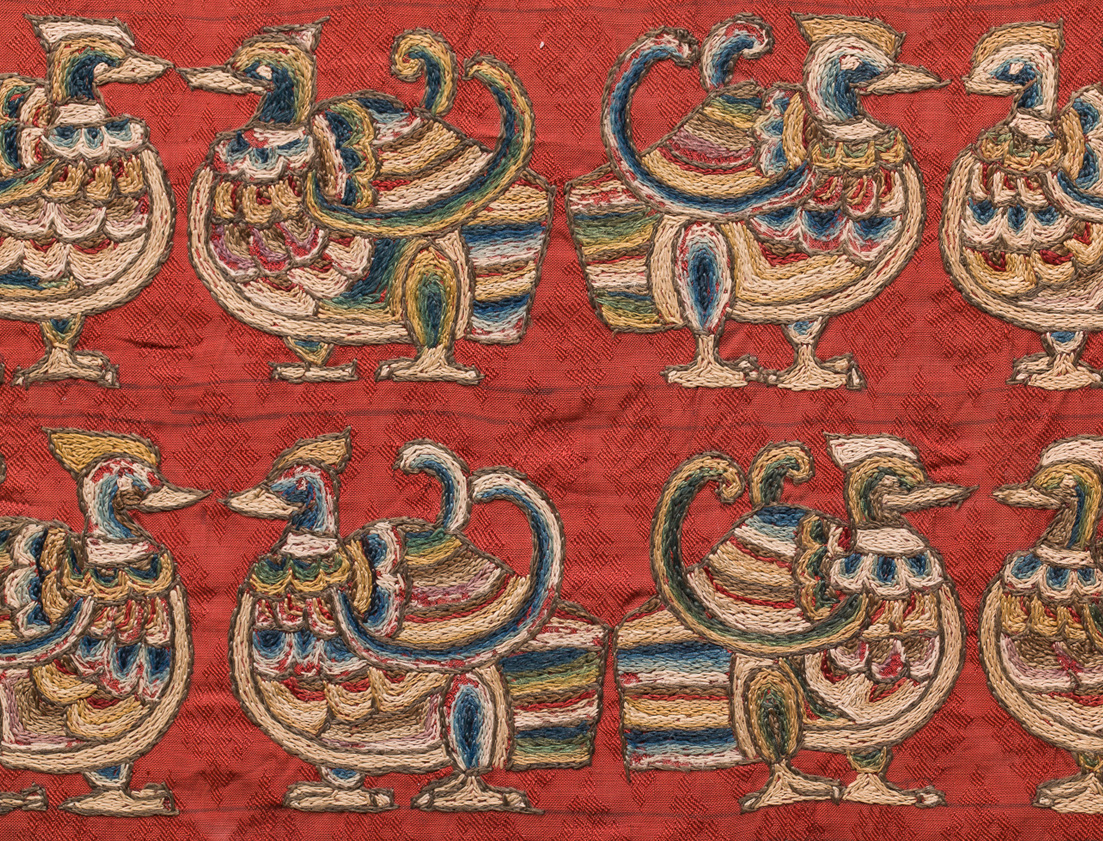Collection The beginnings of the Silk Road lay in China and in the deserts of Central Asia
For some twenty years now, Silk Road textiles have been a focus both of the Abegg Collection and of the Abegg-Stiftung’s research activities. The finds from excavations in Central Asia and the deserts of northern China – dating from the 4th century BCE to the 3rd century CE – illustrate the extraordinary skill and know-how needed to produce such extravagantly patterned textiles. Most of the patterns are brightly coloured and show beasts both naturalistic and fantastical.
